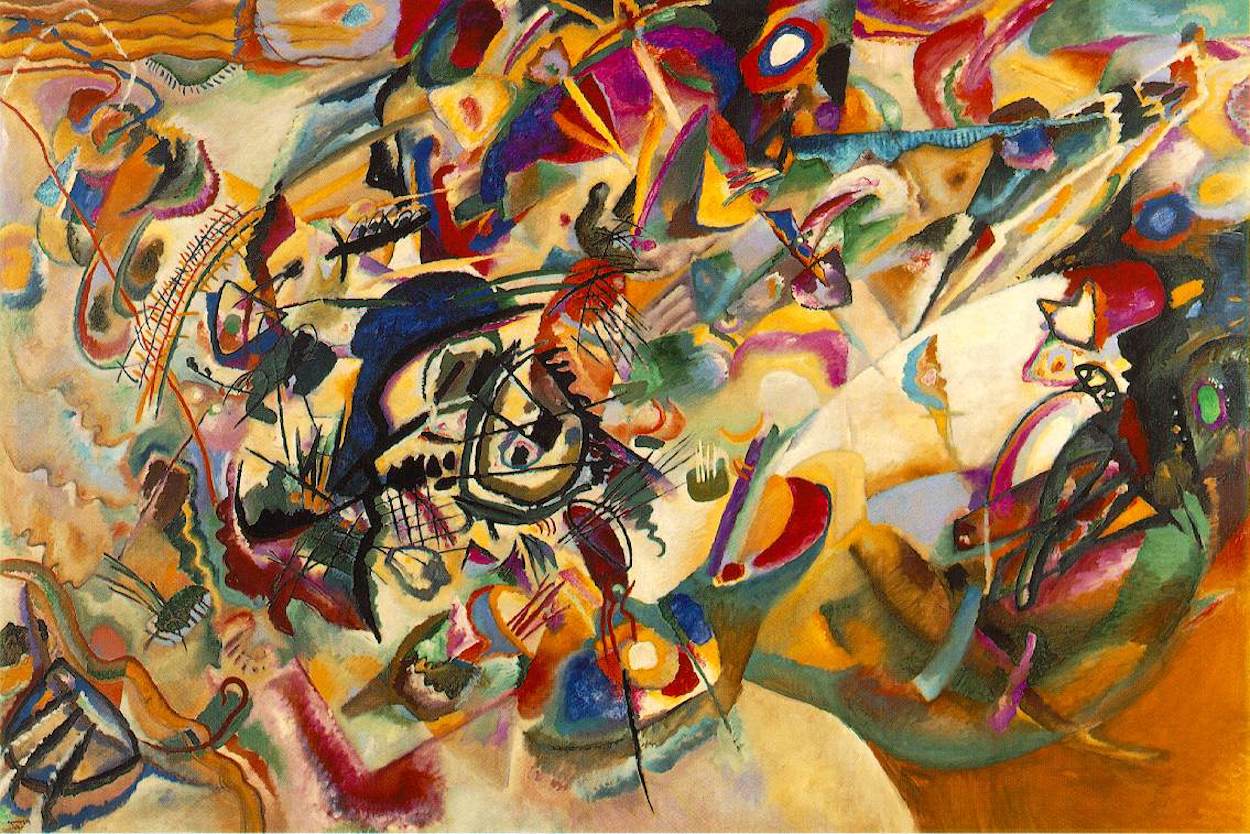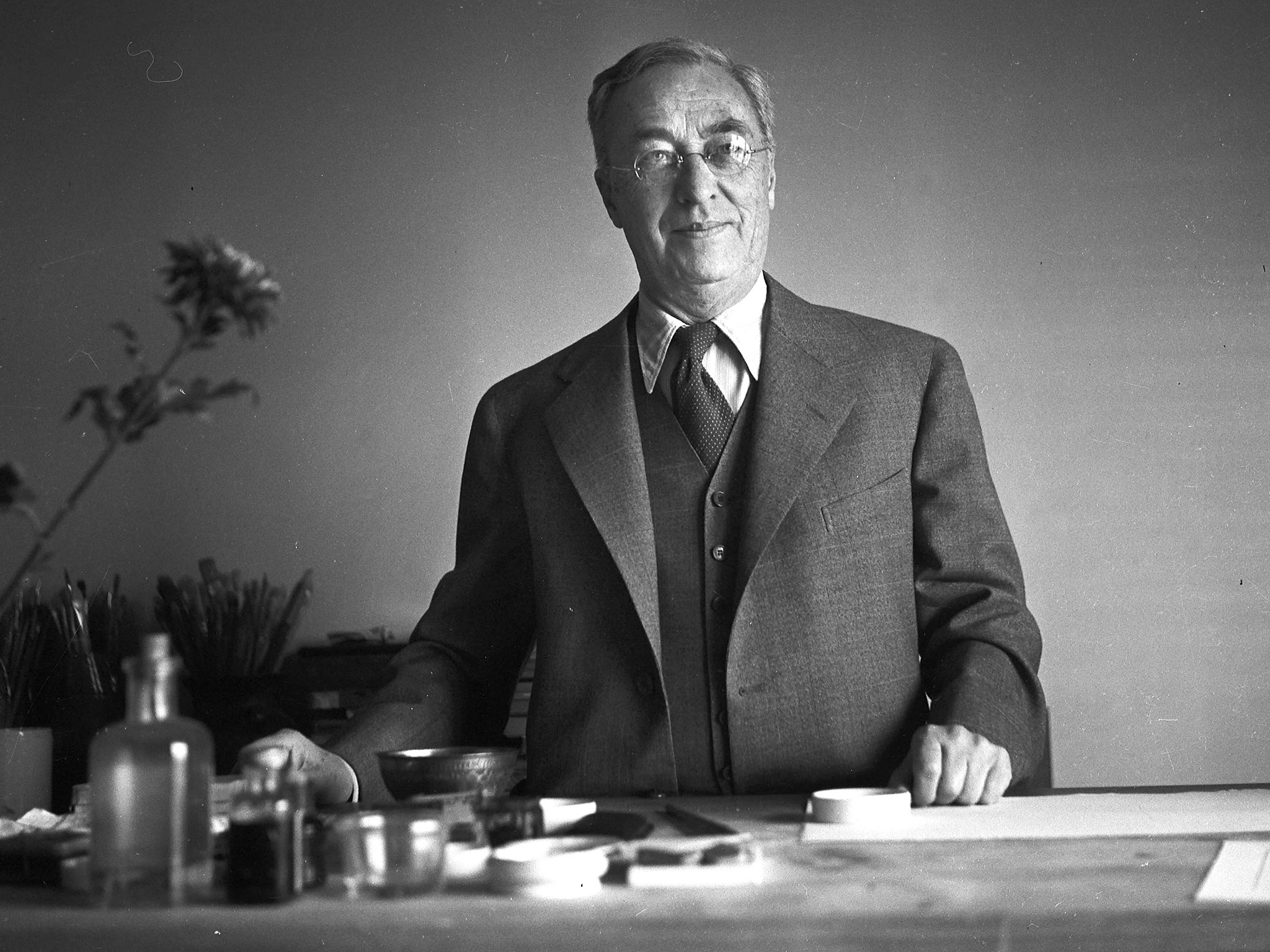Exactly on this day in 1866, Wassily Kandinsky, one of the first recognized creators of purely abstract works was born. We present today one of his abstract works that was inspired by music.
Kandinsky did not write any detailed commentary on his Composition VII. He left substantial visual commentary, however—more than thirty preliminary works, including Indian ink drawings, watercolors, analytical diagrams, and canvases. They cannot be arranged in a consecutive linear order that would logically lead to the final outcome. Rather, Kandinsky’s preparatory work was a kind of polyphonic process, with a simultaneous development of a number of independent lines.
The concept of complex polyphony also applies to Kandinsky’s work on the plastic motifs for the Composition VII, apparent in several of his figurative works that formed a kind of prelude to it. Although the painter did not define the theme of his Composition VII and actually insisted that it did not have “as its starting point, any subject or any forms of material origin,” it is believed that its plastic motifs have their sources in several interconnected series of works, namely, The Last Judgment, All Saints’ Day I, All Saints’ Day II, Angel of the Last Judgment, and Resurrection.
The dramatis personae of these already largely schematically treated apocalyptic visions move freely from one picture into another, while undergoing all kinds of transformations—they change their positions and their coloring; they feature as mirror images of themselves; they get dismembered, stretched, or blended into the picture or given prominence; and finally, they grow more or less abstract in treatment.
You can read more about our today hero and learn about his different, non-abstract side in Kandinsky’s World of Russian Fairy Tales on DailyArtDaily.com


 Wassily Kandinsky
Wassily Kandinsky